Stories From the Field
-
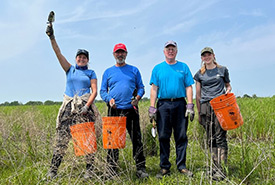
Pelee Island Plantapalooza a success!
In June, NCC marked a major milestone in wetland restoration efforts on Florian Diamante Nature Reserve on Pelee Island, ON. Read more »
-
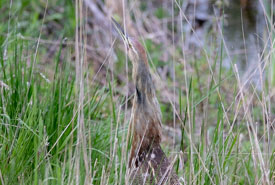
From marsh to farm and back again: A wetland restoration story
The story of how the Florian Diamante Nature Reserve's big wetland was created over a five year process on Pelee Island, Ontario. This is the largest wetland restoration project completed by the Nature Conservancy of Canada in Ontario.Read more »
-
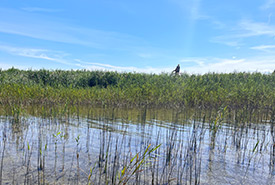
Coming together against a common foe on the Saugeen Bruce Peninsula
Oliphant, Ontario, is an area with deeply rooted history and part of the Saugeen Bruce Peninsula. Here, a community-led effort to control invasive phragmites has been ongoing for many years.Read more »
-
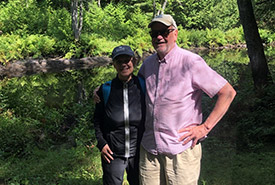
How conservation, a guitar from Rush’s Geddy Lee, Sarah Jessica Parker’s shoes and rare wines are related
It is soul-warming to see other organizations join with NCC, looking to support conservation — like Grapes for Humanity (GFH), an organization that raises funds to support climate change action, among other causes.Read more »
-
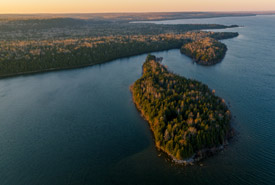
Highlights of 2021 in Ontario
Thanks to your support, we are celebrating another successful year of conservation in the Ontario Region. Reflect with us on some of the top highlights from the year. Read more »
-
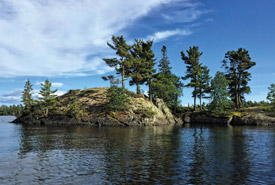
Protecting Town Island: A biologist’s perspective
In this video, Kristyn Ferguson shares what makes Town Island an urgent conservation priority, and its importance for both people and animals. Read more »
-
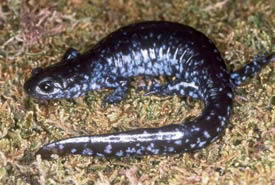
Salamanders of Pelee Island
Pelee Island is home to three species of salamander: red-spotted newt, small-mouthed salamander and blue-spotted salamander. It is also home to a unique population of unisexual (all-female) salamanders found nowhere else in Canada. Read more »
-
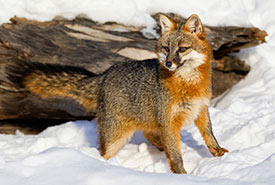
Discover the plants and animals of Pelee Island
Pelee is the largest in a series of islands known as the Western Lake Erie Islands, and provides habitat for many rare species at the far northern edge of their range. Here are just some of the many species that inhabit this special place.Read more »
-
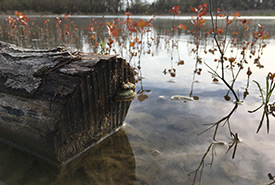
Pelee Island is for the birds
In the warm, green-blue waters of Lake Erie, Ontario’s Pelee Island is a haven for hundreds of species of migratory birds. NCC welcomes you to discover what we are doing to protect this special place, and to come visit. Read more »
-
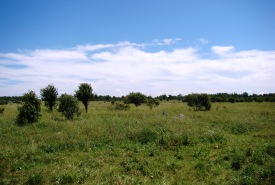
Episode Four: The Home of the Butcher Bird
This is the story of a globally rare ecosystem discovered by chance – and why it matters.Read more »




